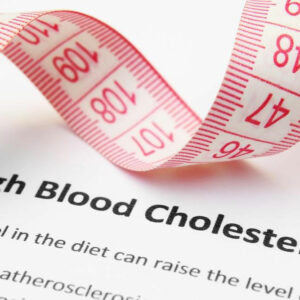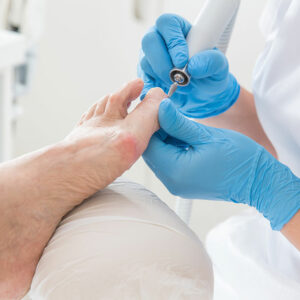
01
High Cholesterol – Symptoms and Treatment Options
Cholesterol is a thick and waxy, fat-like substance widely found in every cell of the body. Produced by the liver, cholesterol is essential for the production of certain hormones, vitamin D as well as some substances that aid in digestion. Cholesterol is transported through the bloodstream by small particles called lipoproteins. Healthy cholesterol levels protect an individual against heart diseases. However, at the same time, if the level of cholesterol rises beyond a certain limit, it can build up in the arteries and become the cause for a heart attack or stroke. There are two types of lipoproteins — low-density lipoproteins (LDL), which causes heart diseases, and high-density lipoproteins (HDL), which returns the LDL cholesterol to the liver for elimination from the human body. If the level of LDL cholesterol is high, or the level of HDL cholesterol is low, fatty deposits can build up in the blood vessels, leading to a blockage of the arteries. This condition is called high cholesterol. Thankfully, there are plenty of treatment options that help in controlling the LDL cholesterol levels. Common symptoms of high cholesterol There are no visible symptoms of high cholesterol. So, an individual could have this condition and yet know nothing about it. If a person has high cholesterol, their body will store all the excess cholesterol in the arteries. Arteries are responsible for transporting blood from the heart to the rest of the body. A buildup of cholesterol in the arteries can result in plaque, which in turn makes these arteries narrow. If the cholesterol levels keep rising, it can lead to a blockage in the arteries. In case the arteries that supply blood to the heart muscles get blocked, a person can have a heart attack. Similarly, if there is a blockage in the artery that delivers blood to the brain, a person experiences a stroke.
Read More 










